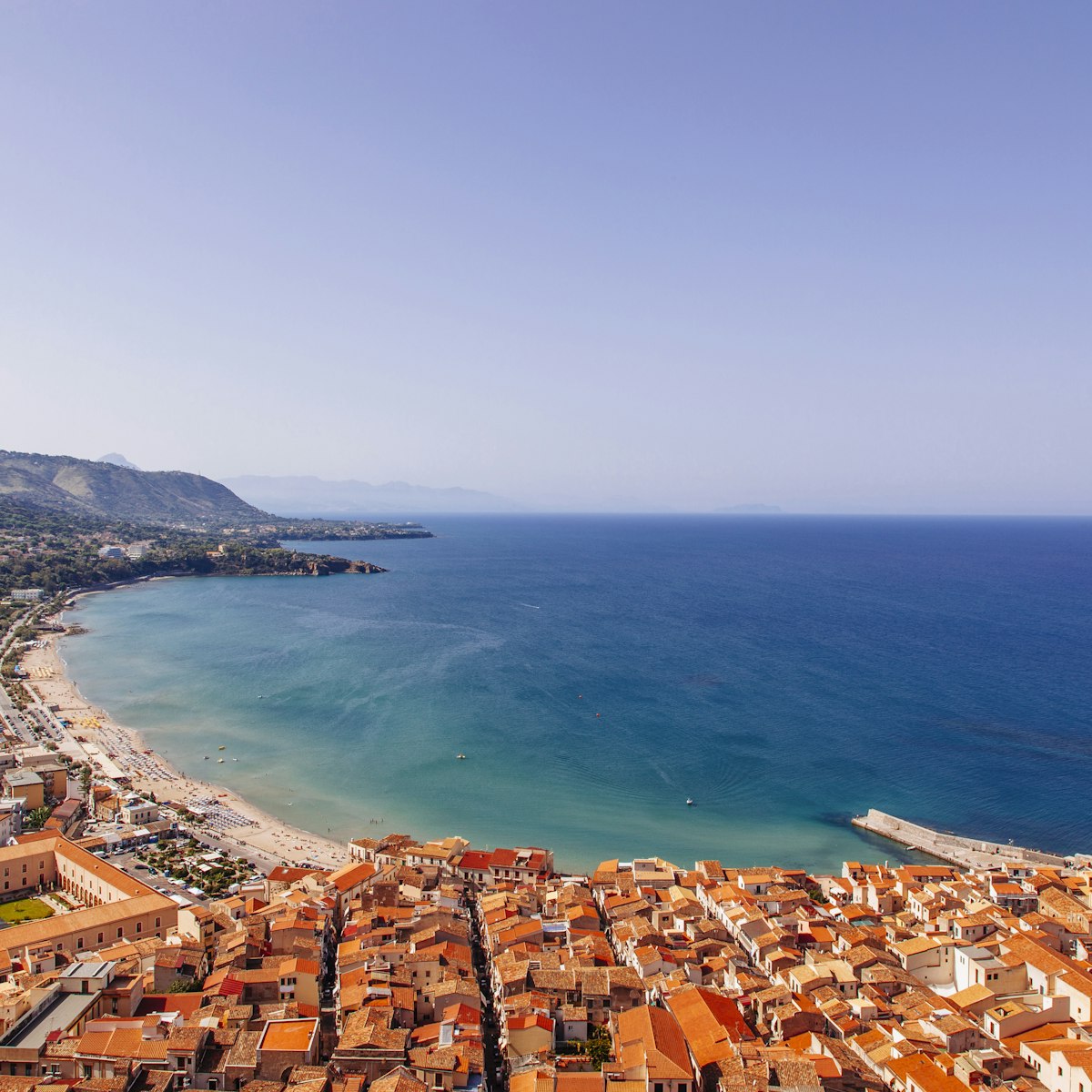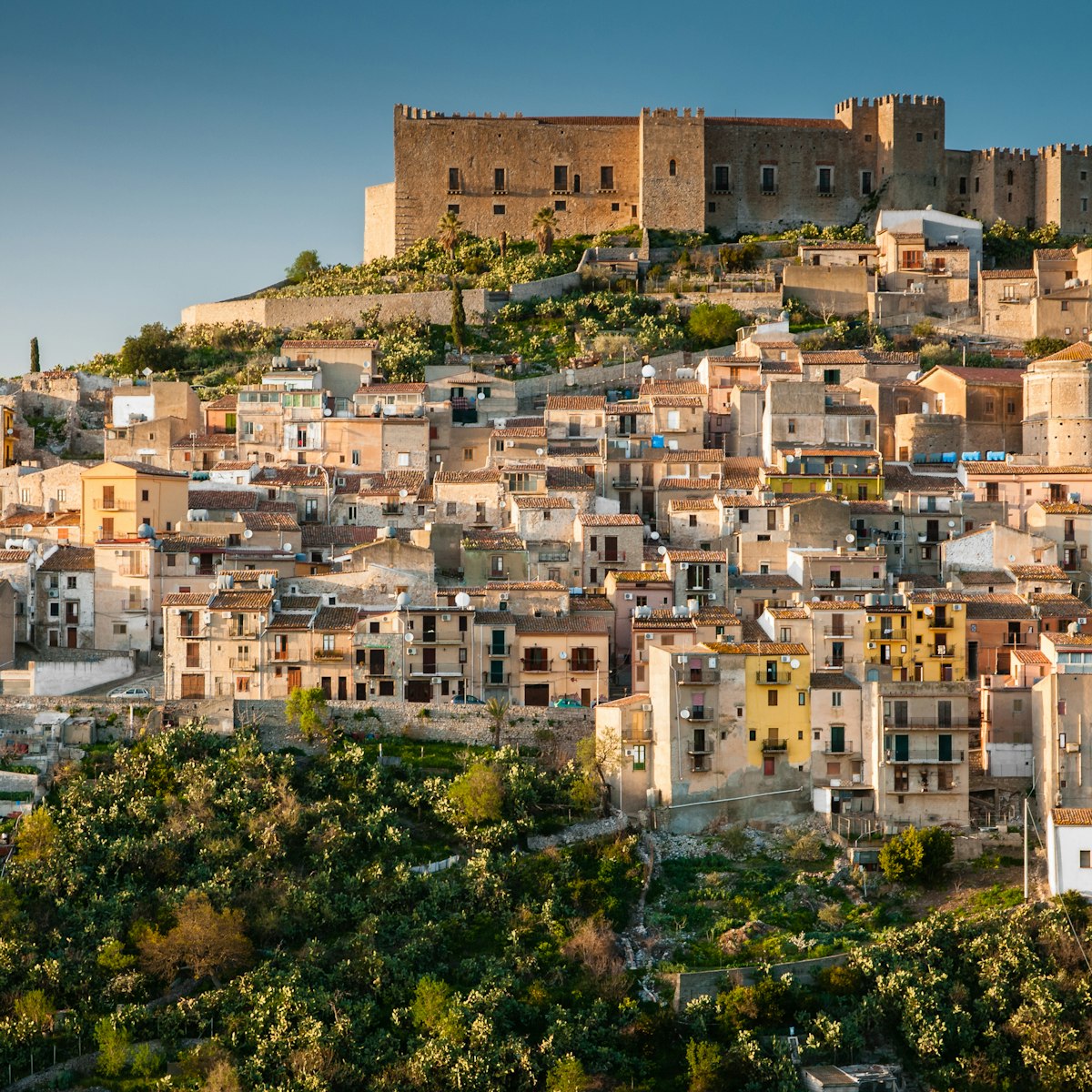This unique little museum displays photographs and memorabilia documenting the Targa Florio, the world's oldest sports-car racing event. Established by wealthy automobile enthusiast Vincenzo Florio in 1906, then discontinued in 1977 due to safety concerns, the 72km race along the Monti Madonie's treacherous narrow roads was intensely challenging, with countless hairpin bends testing both the driver's skill and the car's performance.
A plaque in the museum's first room chronicles the names and car models of all the winners throughout the event's seven-decade history (in case you're wondering, Porsche won the most times, followed closely by Alfa Romeo).


